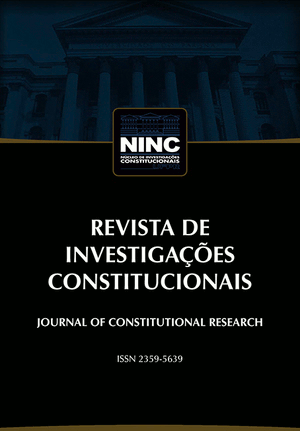Abstract
With the opening of the National Museum of African-American History, people are once again coming in mass to the National Mall to see the Smithsonian's newest edition. And just about everyone in America knows of the Smithsonian--its name recognition is well over 90% in public surveys. Each year 30 million people visit the Smithsonian museums along the National Mall in Washington, D.C., the National Air and Space Museum, the National Museum of American History, and the National Museum of Natural History among them. But is that about to change? The Smithsonian is an odd government entity. Despite its private, non-profit status, the Smithsonian still receives federal funds, is chartered by an Act of Congress, employs a majority civil service staff, and operates through a board overseen by the Chief Justice of the Supreme Court, the Vice President, and legislators from the United States Senate and Congress. As such, the Smithsonian has been deemed a governmental entity is some instances and a private entity in others. However, with a new bill being introduced to Congress and recent Supreme Court precedent regarding government instrumentalities, the Smithsonian may face dissolution of its current supervisory board less it run the risk of violating the separation of powers doctrine.
Keywords:
unconstitucional; separation of powers; Smithsonian Institution; American Administrative Law; governmental entity
